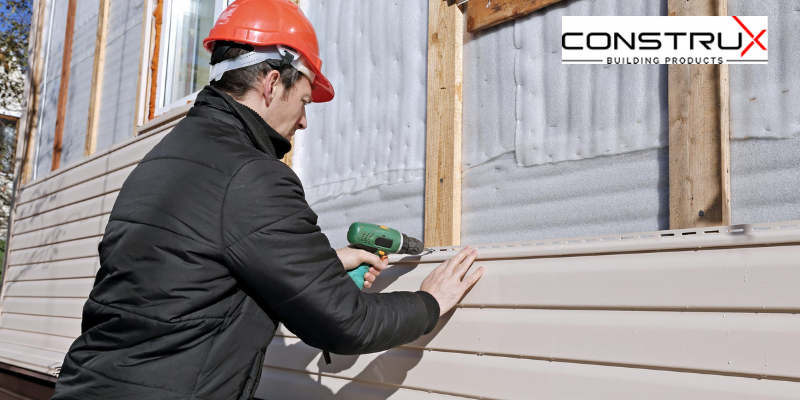
Siding Replacement: What To Consider Before Investing
There are factors to consider before deciding on replacing your home’s siding. These factors will guide you on whether to go ahead with the siding replacement or not. Some of the factors to consider before you decide to replace your siding will be discussed in this guide. Ensure you keep them in mind as they will assist you in your decision to replace your old siding or not.
What to Consider Before Investing in a New Siding
Factors to consider when you are thinking of replacing your home’s siding include:
1. Assess your current siding
Assessing the state of your current siding is arguably the first thing that you need to do. Siding does a lot more than making your house look good. The benefits of new siding include protection from harsh weather conditions such as snow, rain, and wind, and improvement in energy efficiency levels. If your siding is old and doesn’t offer you the benefits stated above, the time is right for you to replace it.
However, it is not all the sidings that require complete replacement. You can select a few damaged parts of the current siding for repairs. But you should bear in mind that if a part of your current siding is deteriorating, it is likely that other parts will follow soon. If the deterioration or damage to the siding is extensive, then a replacement should be done at the earliest.
2. How long do you plan to stay?
This is a question you need to ask yourself before committing to a new siding option. Knowing how long you will be staying in your current home will help you make decisions concerning the siding replacement. Replacing the siding of your house can be considered if you plan on staying in your current home for the long-term. This is a factor that will affect the type of siding you invest in.
Take note of the lifespan of the siding as well as its cost. You should also consider the cost of maintenance that is required. If you plan to stay in the house for a long time, the longevity of the siding should be your top priority. Fiber cement siding or composite siding are great options that offer longevity.
However, vinyl should be your go-to choice if you plan to put the house for sale soon. This is because vinyl siding makes the exterior of your home look nice. Also, it is affordable and easy to install. Select a popular color if you are planning to replace your home’s siding with vinyl.
3. Consider the impact on home value
Contrary to popular belief, installing new siding does not increase the value of your house. What determines the value of your home is the value of other similar properties in your immediate area and the prevailing economic conditions. Though a new siding will help improve the appearance of your home, it is not a guarantee that the home’s value will increase.
A new siding will indeed improve the curb appeal of your home, which can make it sell faster in the market. Generally speaking, new siding does not add significant value to your home, as other properties in the home may do.
4. Look at different siding types
Sidings fall into 3 categories: vinyl siding, composite siding, and fiber cement siding. Your choice of siding should be based on longevity, budget, or how it looks. You must consider different options available at your disposal to help you make the best choice.
Composite siding: Composite siding gives you the look of classic wood siding. Its benefits are numerous. Composite sidings are fire resistant and are not affected by moisture and insect. An excellent choice of composite is the Diamond Koat that is made of a composite mate of high-quality. The Diamond Koat is available in 30 colors.
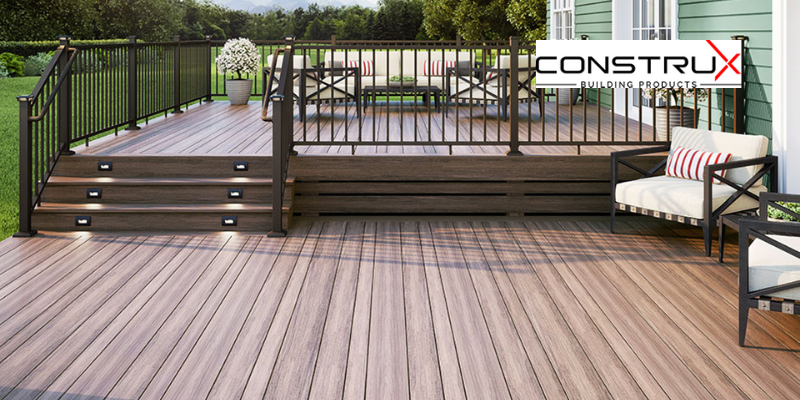
Fiber cement siding: Of the various types of siding currently in the market, fiber cement siding is the most durable and long-lasting. It effortlessly complements the design of your home. It is affordable and easy to maintain. With proper care, high-quality fiber cement siding will last for more than 10 years.
Vinyl siding: One of the great things about vinyl siding is that it has limitless color choices. It is also affordable, and its cost of maintenance is low. Though not as long-lasting as other siding options, vinyl siding is in its own right fairly durable.
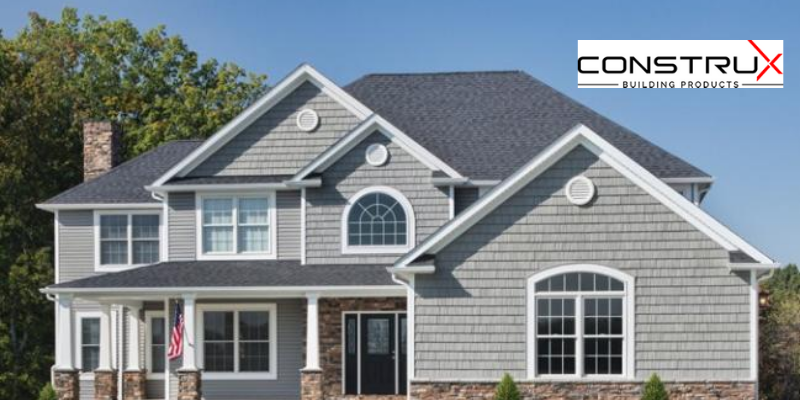
Common Signs That Your Home’s Siding Need to Be Replaced
If maintained properly, your vinyl siding will last up to 20 years. In the long run, you need to replace your siding materials. If your siding shows any of the below signs, it is time you consider replacing it:
1. Discoloration on the finish
Excessive exposure to sunlight can cause your vinyl siding to change color and fade. If the vinyl is faded as a result of exposure to the sun, it may crack or break. Too much exposure to harsh weather will make the vinyl siding brittle. Even though wood siding can be repainted if it shows a sign of fading, it is still a sign that it needs to be replaced.
2. Increased energy bills
If your siding loses its insulating properties, you will have some cold or hot areas in your home. If this is unusual, your siding needs replacement. A siding losing its insulating quality will cause your energy bill to become higher than usual.
3. Insect damage
Wood siding is more vulnerable to insect damage. If you notice that your siding has been infested by insects such as termites, it is probably time you consider replacing it.
4. Mold growth
The growth of plants or mold on your siding is a problem. If you notice such, it is a sign that there is a lot of moisture already in your siding. It is a warning sign that could develop into a serious structural problem. Attend to this urgently by replacing your home’s siding.
5. Warping and bubbling
If your siding is exposed to extreme sunlight or moisture gets trapped under it, the result could be warping and bubbling. Creating a sealed barrier will not solve this problem in the long-term. Replacing the siding may be the best option.
6. Water damage
Water can damage your home’s siding. The structure of your home will be weakened if water seeps into it. This could cause damage to the inside walls of your home. Consider replacing the siding if you notice any form of water damage.
Conclusion
There are many factors to consider when thinking about replacing your home’s siding. Some of these factors have been discussed in this guide. Before you take that decision of replacing or investing in a new siding for your home, make sure you consider these factors.



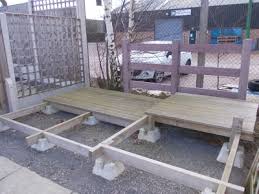
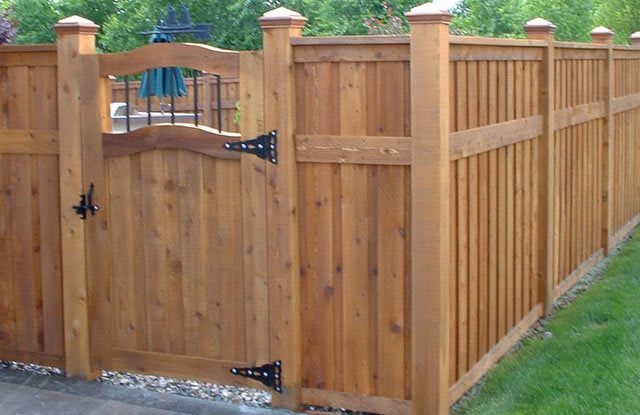
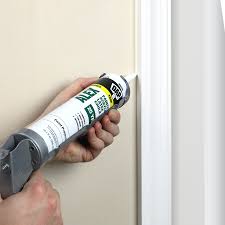

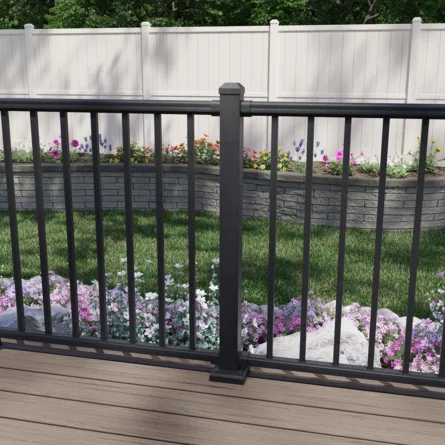
COMMENTS